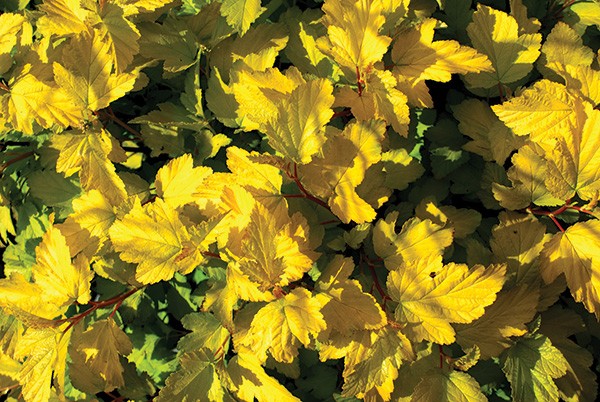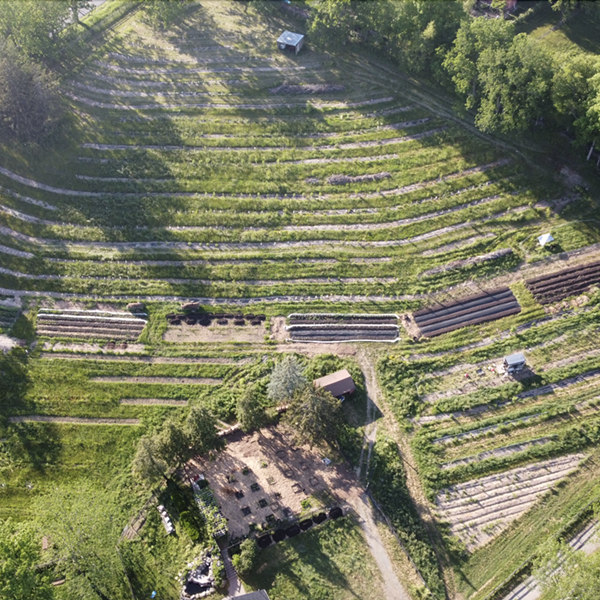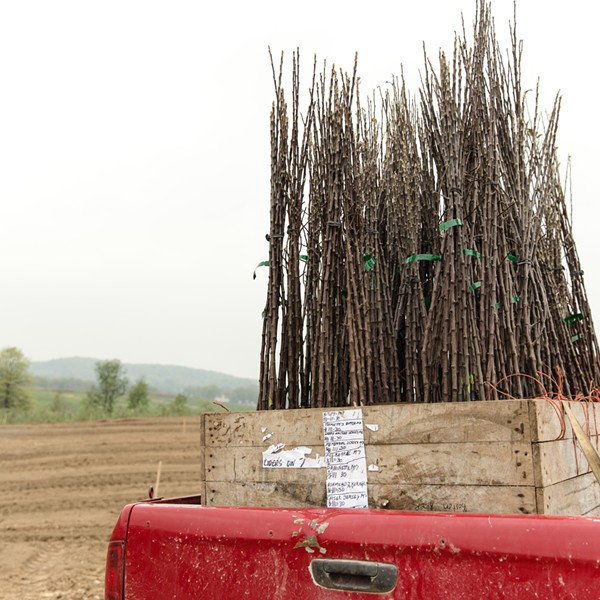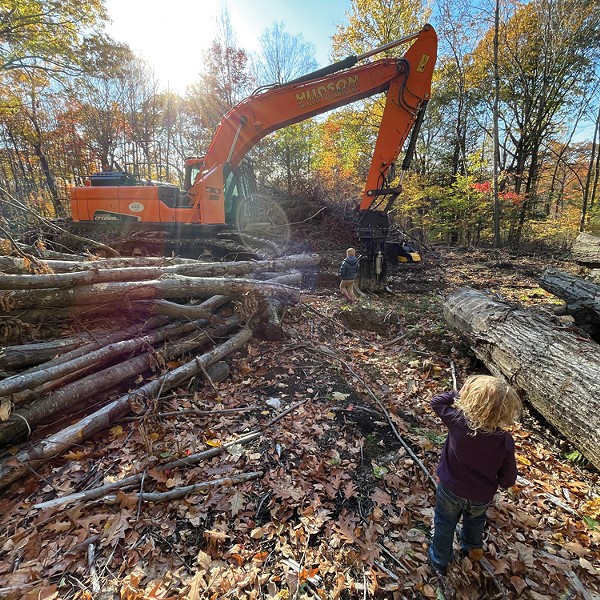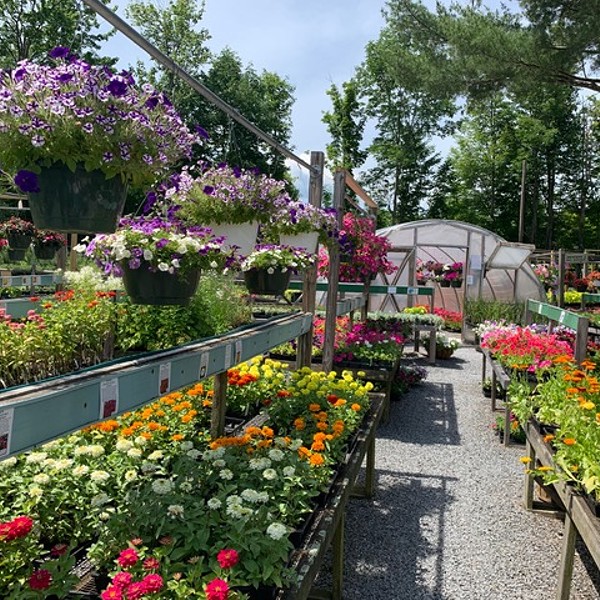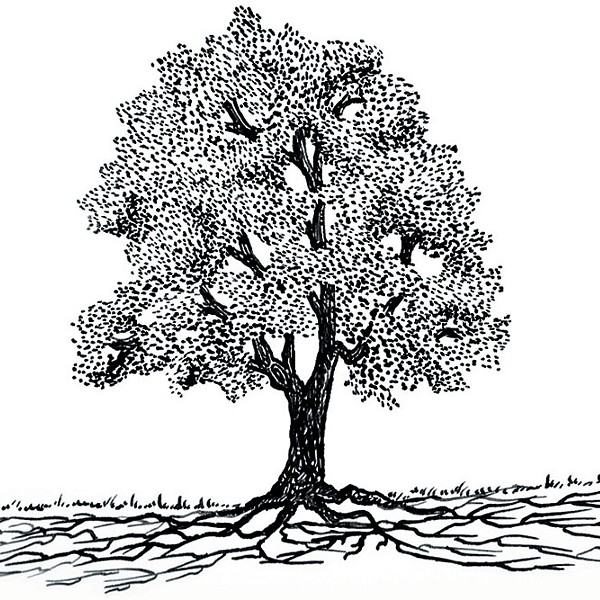Key Points in the Guide:
The shrub rationale. Why not rely on herbaceous plants, like the flood-tolerant perennial Joe-Pye weed, or swamp milkweed, or rushes? Perennials have to be cut back every year and thus require more maintenance than shrubs. Also, a shrub generally fills more space than a perennial, which can be desirable for planting large areas. However, depending on your willingness to perform maintenance, you could always integrate shrubs and herbaceous plants; that tends to be more ornamentally pleasing.
Plants must be wet and dry tolerant. Wetland plants would seem to be the likely choice when picking out shrubs for stormwater retention systems. However, whereas wetlands are permanently or semi-permanently wet, the majority of planted stormwater retention systems are only inundated for a few minutes up to a few days. They can be quite dry for most of the season. For this reason, plants that can handle both temporary inundation and relatively protracted drought are the best choices.
Bottom versus top. The location within the swale or other vegetated system is significant; the top of the swale is going to be drier than the bottom, so plants have to be matched accordingly. (This is a common mistake—planting water-loving plants at the top of swales, which can be quite dry.) Also, all the plants, regardless of placement, are likely to need irrigation during the first year in order to get established.
Site assessment is essential. As with any landscape design, critical information is yielded by assessing the site's sun/shade exposure; soil type, fertility, pH, and so on. The guide provides a complete Site Assessment Checklist with instructions.
A full plant palette should be considered. From the guide: "Most stormwater treatment planting guidelines suggest the use of native plants exclusively. However, due to the unique moisture/drought tolerances required for successful growth in these sorts of practices, it would be imprudent to exclude non-native plants. Because of the growth limitations associated with these planting areas, as long as a plant can succeed on site, and is not invasive, any plant that can grow here should be considered." Please see "Resources" for a more thorough discussion of native and exotic plants in the home landscape.







